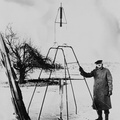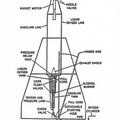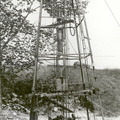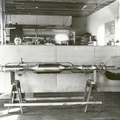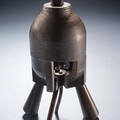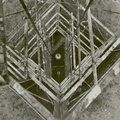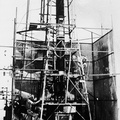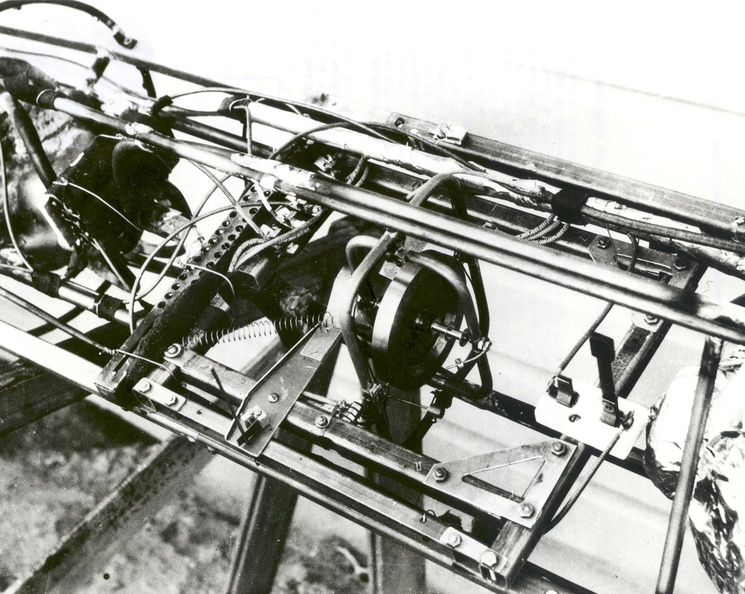
WIKIARCHIVES.SPACE
The Human Spaceflight Archive

Information
- Taken in
- Other
- Author
- NASA
- Description
- A close-up of Dr. Robert H. Goddard's gyroscope and associated parts used in the stabilization of the rocket tested April 19, 1932, in New Mexico. The rocket was also painted to show whether revolution about its axis occurred during flight. Dr. Goddard has been recognized as the father of American rocketry and as one of the pioneers in the theoretical exploration of space. Robert Hutchings Goddard, born in Worcester, Massachusetts, on October 5, 1882, was theoretical scientist as well as practical engineer. His dream was the conquest of the upper atmosphere and ultimately space through the use of rocket propulsion. Dr. Goddard, died in 1945, but was probably as responsible for the dawning of the Space Age as the Wrights were for the beginning of the Air Age. Yet his work attracted little serious attention during his lifetime. However, when the United States began to prepare for the conquest of space in the 1950's, American rocket scientists began to recognize the debt owed to the New England professor. They discovered that it was virtually impossible to construct a rocket or launch a satellite without acknowledging the work of Dr. Goddard. More than 200 patents, many of which were issued after his death, covered this great legacy.
- Created on
- Tuesday 19 April 1932
- Albums
- US SPACE PROGRAM / SATELLITES / EARLY ROCKETS
- Source link
- https://www.flickr.com/photos/nasacommons/albums/72157650354621478/
- Visits
- 145
- Rating score
- no rate
- Rate this photo
- License
- Public Domain
- Modified by WikiArchives
- No (original)
- Downloads
- 1
EXIF Metadata
- DateTimeOriginal
- 1932:04:19 00:00:00
Powered by Piwigo





